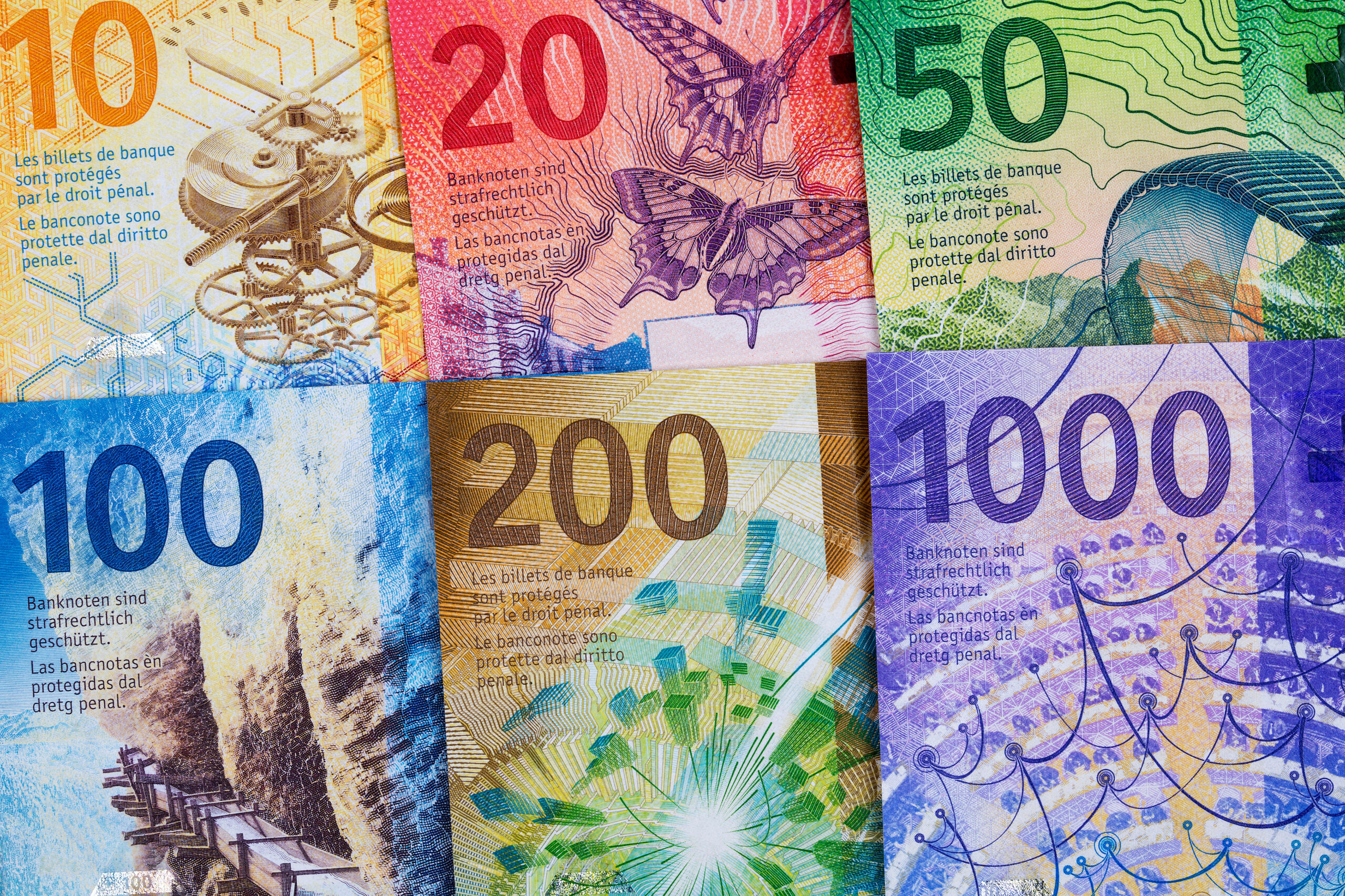The Swiss Franc (CHF) has historically been recognized as a haven in the financial industry. During difficult periods, investors often find solace in directing their funds into the Swiss national currency, as it has a proven track record of preserving its intrinsic value. Financial tools, including exchange-traded funds (ETFs) and foreign exchange options, are discussed in this article as a way for investors to speculate on the Swiss franc’s value without owning the currency.
When a Currency Is Considered to Be Too Powerful
The value of the Swiss franc soared in 2011 as a consequence of demand from the European Union and worldwide investors seeking a haven amid the European financial crisis. The appreciating value of the Swiss franc began to impact the nation’s export sector negatively. Swiss officials imposed a temporary artificial ceiling of 1.20 per Euro during this time. The hope was that this would slow the Swiss franc’s rise in value.
The institution is known as the Swiss National Bank. The minimum exchange rate between the Swiss National Bank and the Euro has been established at CHF 1.20. To sustain the cap, the central bank of Switzerland printed additional francs, subsequently utilizing them to acquire euros.
The Swiss National Bank unexpectedly decided to free its currency in January 2015, lifting a cap on the Swiss franc’s value about the Euro that had been in place for around three years. The market witnessed an unexpected development as the franc’s value, a currency known for its stability and conservatism, surged. During the tumultuous period, numerous traders and brokers encountered significant financial setbacks.
In light of the unforeseen choice and its subsequent consequences, the Swiss franc continues to be perceived by investors as a secure refuge supported by a resilient financial framework and a formidable competitive economy.
Methods of Investing Capital in the Swiss Franc
ETFs
First listed on the New York Stock Exchange in 2006, Swiss Franc Trust CurrencyShares (FXF) follows the performance of the Swiss franc relative to the dollar. By investing in an exchange-traded fund (ETF), investors may gain exposure to the Swiss market without having to open their foreign currency account, making it an attractive option for those who want to take advantage of both tactical and strategic possibilities without incurring unnecessary transaction costs.
The mentioned route presents certain advantages for investors. Investors can utilize traditional brokerage accounts to acquire shares of the ETF. Regular securities are considered to have transaction costs that are significantly lower than the transaction costs associated with currency spot market transactions. The claims undergo daily trading on the NYSE Arca, allowing for eligibility in a margin account and permitting short sales as regulated by the SEC.
Futures and Options
An alternative method for investing in the Swiss Franc investment is utilizing futures and options. The misconception that the trading of these derivatives is exclusively limited to stocks is commonly held by numerous individuals. The derivative products available in the foreign exchange market enable retail traders to effectively address currency rate fluctuations and capitalize on potential profit opportunities arising from currency rate movements. Forex futures and options trading is widely utilized hedging techniques that are popular among banks and financial institutions.
These products are traded at numerous global exchanges, with the Chicago Mercantile Exchange (CME) being widely recognized. Swiss franc futures were introduced by CME in 1972, and later in 1985, Swiss franc options were also introduced. Various brokers offer a trading platform for Swiss franc futures and options.
Spot Market
The foreign exchange market (FX or forex) is the platform for trading different currencies, similar to how a stock market permits equities to exchange. Currency pairings available on Forex trading platforms are among the most comprehensive worldwide.
Before delving into the realm of forex, it is advisable to acquire a fundamental understanding of the market by enrolling in a trading course or engaging in self-directed learning. From a certain point, initiating a forex trading account and executing currency trades in a manner akin to stocks becomes straightforward.
The forex markets function around the clock, spanning five days each week, granting ample flexibility to investors and traders. Margin trading is standard in these markets, enabling participants to amplify their investment amounts without substantial capital. When utilizing margins, it is crucial to bear in mind that leverage operates dually, as it has the potential to amplify both gains and losses.
Conclusion
Foreign currency markets, like stock markets, are subject to changes that might adversely affect one’s position, so anybody considering investing in Swiss francs should keep that in mind. It’s generally accepted that the Swiss franc is the most stable currency in the world. However, with the Swiss National Bank’s decision to stop pegging the franc to the Euro, the money has seen extraordinary volatility, soaring its value. This incident serves as a timely reminder that central bank policies and actions and macroeconomic issues have a substantial role in determining the direction of currency exchange rates.
Despite the currency’s inherent volatility, Switzerland’s strong economy and secure banking system keep the Swiss franc appealing as an investment.


